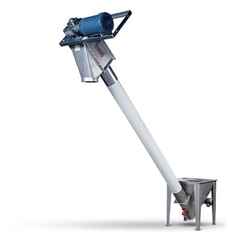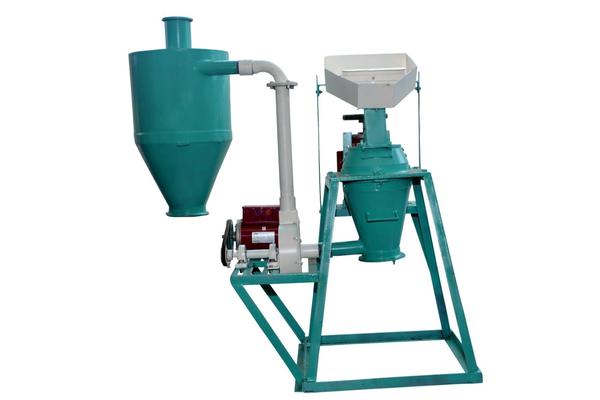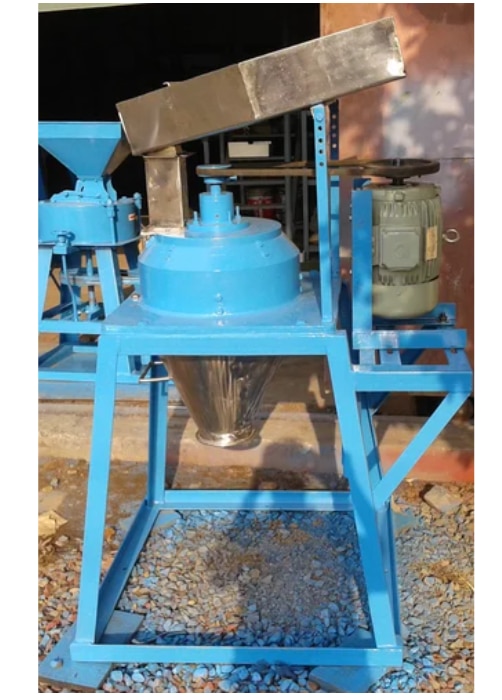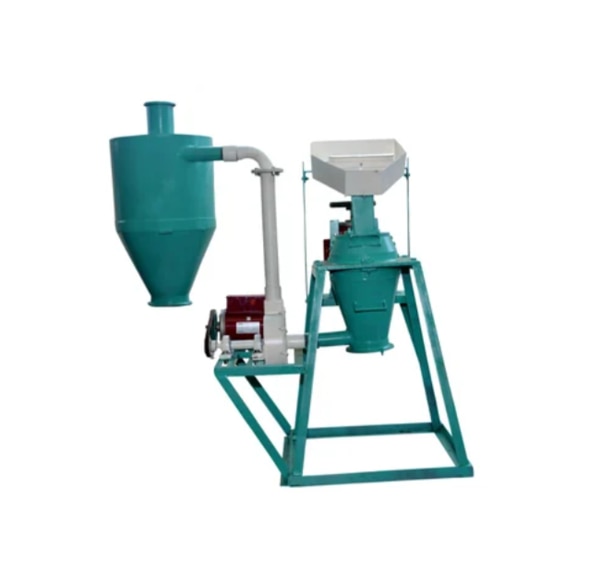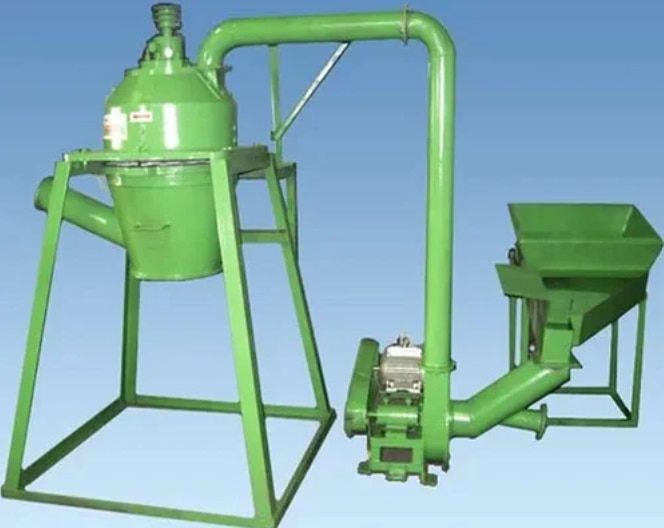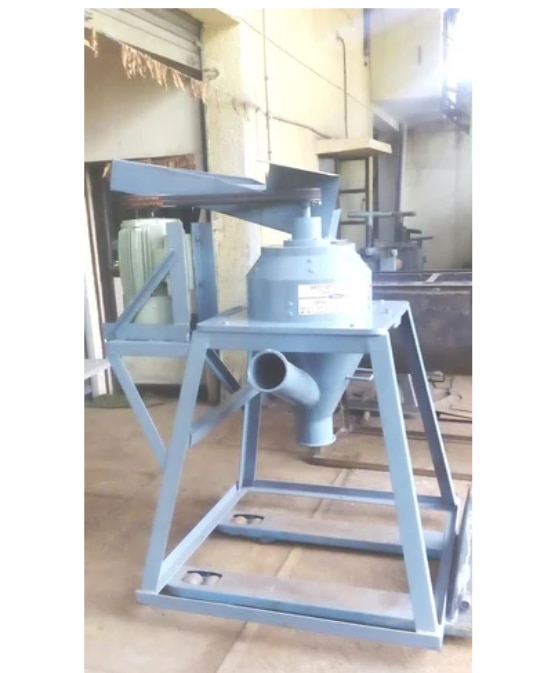A screw conveyor, also known as an auger conveyor, is a widely used device in material handling systems for transporting bulk materials. It moves materials using a rotating helical screw blade, known as a 'flighting,' usually within a tube or trough. Basic Working Principle The screw (helical blade) rotates within a tube or trough. As it rotates, it pushes material along the conveyor, either horizontally or at a slight incline. The material moves through the friction between the screw surface and the bulk material. Materials Commonly Handled Grains, cereals Cement, sand Powdered chemicals Food products (flour, sugar, etc.) Wastewater sludge Main Components Screw (Flighting) – The helical blade that moves the material. Trough or Tube – The casing that houses the screw. Drive Mechanism – Motor and gearbox to rotate the screw. End Bearings – Support the shaft and allow rotation. Inlet and Outlet – Openings for material entry and discharge. Types of Screw Conveyors Horizontal Screw Conveyor – Most common, used for level transport. Inclined Screw Conveyor – Used for lifting material at an angle. Vertical Screw Conveyor – Moves material straight up. Shaftless Screw Conveyor – Ideal for sticky or stringy materials. Flexible Screw Conveyor – Can bend around obstacles. Advantages Simple and cost-effective design Can handle a wide variety of materials Enclosed system (minimizes dust) Can be used to mix and blend materials during transport.
Send Message
